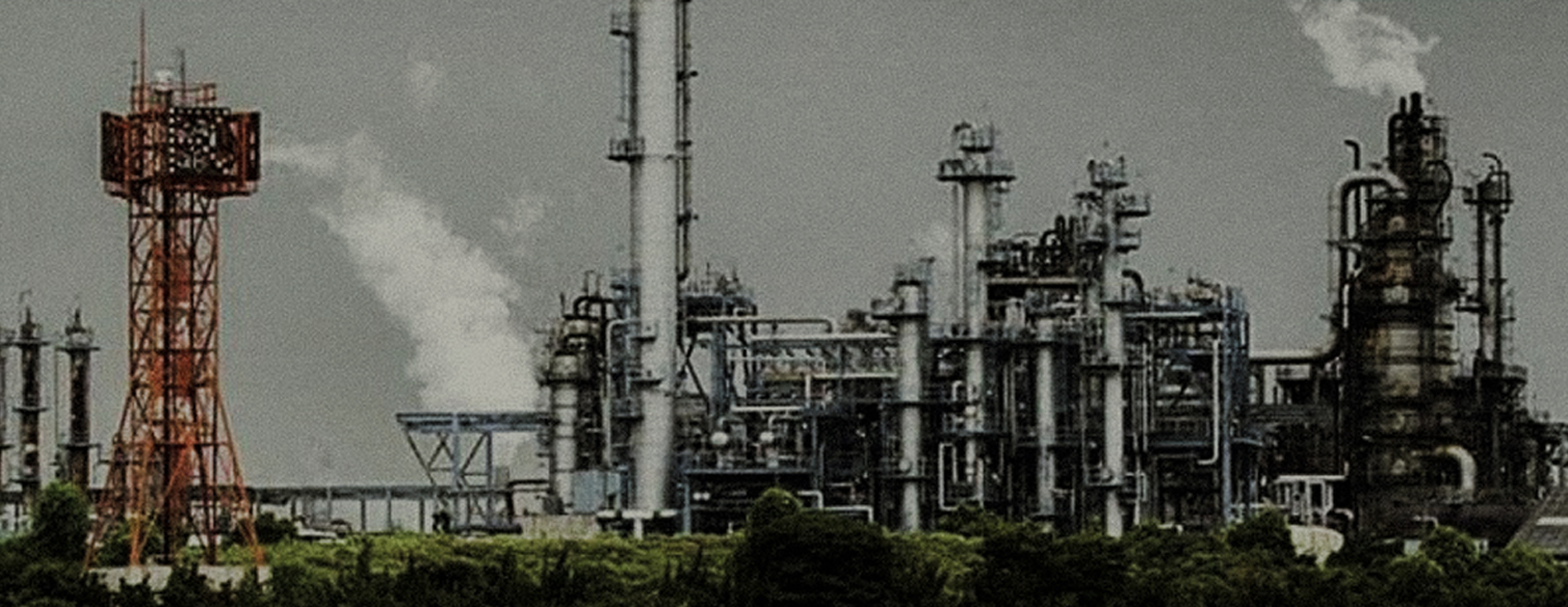Green industrial policy is a timely idea for India to explore

5 March 2019
Green industrial policy is a timely idea for India to explore
CLEARING THE AIR: MONTHLY COLUMN IN THE HINDUSTAN TIMES BY NAVROZ K DUBASH
AIR POLLUTION POLITICS
In the second instalment of a monthly op-ed series in the Hindustan Times entitled Clearing the Air, Professor Navroz K Dubash argues that green industrial policy is a timely idea for India to explore.
How can India simultaneously grow and create jobs, attend to its growing environmental crisis, and proactively address inequality? Conventional thinking holds that these objectives can only be achieved sequentially — grow first and clean up later; or grow first and redistribute later. An emergent set of ideas suggests we can do better.
The core idea emerges from a debate over the role of the government in development policy. Should the government limit itself to providing law and order, fiscal health and enabling well-functioning markets, as argued in the Washington Consensus of the 1990s-2000s? Or should it actively steer the course of development — an approach which resulted in the East Asian miracle growth in South Korea and Taiwan in the 1970s-80s — through the use of industrial policy that targets key directions and sectors?
This debate takes on new salience and energy in the light of India’s environmental crisis and the global challenge of climate change. To address these challenges will require a wholesale restructuring of the economy through upstream shifts in technology and infrastructure investments. Facilitating this requires more active government intervention beyond end of pipe pollution regulations and environmental taxes.
To make matters even more complex, inequality and justice are a necessary part of this conversation. Big shifts bring disruptions, and these disruptions are far more politically viable if they actively create opportunities for those who may otherwise be left behind.
Globally, this discussion is moving from the shadows to the mainstream. China is actively steering its economy to provide competitive advantage in the renewable energy industry. Discussion of a Green New Deal in the US has progressives calling for a green transformation of infrastructure that mainstreams climate change considerations while creating jobs. And street protests over a fuel tax in France have spurred European conversation on whether green policy is viable without actively considering social inequality.
This conversation is deeply salient to India. First, for a country growing at 6-8%, up-front directional shifts can have a big impact. India has an opportunity to choose more environmentally sustainable pathways in areas such as rail, housing, and energy demand. Without active steering, India could lock itself into an energy inefficient and environmentally poor growth path.
Second, as countries face global climate change, being green is likely to bring global competitive advantages. For example, can India become a world leader in integrating energy efficiency, or in modelling frugal forms of resilience to climate impacts, which other developing countries can emulate?
Third, India has already experimented, with some success, with State-led nudges, notably in the area of promoting LED lights through public procurement policies. But to fully exploit the opportunity, a strategic approach that draws on the full suite of industrial policies — careful subsidy and incentives, innovation, public investment and procurement — need to be brought into play.
Fourth, India has to proactively internalise questions of distribution and justice if we are to undergo a green transition. For example, a shift to renewable energy will invariably bring costs to coal-rich states, without upfront efforts to develop new sources of livelihoods and support for communities.
Can India successfully develop a green industrial policy, or, to use the metaphor of the day, can we Green India by Making Green in India? There is at least one cautionary note: Doing industrial policy well requires a very nimble State. Given the history of the licence raj, industrial policy should ideally not try to pick winners but “pick the willing” — companies keen to take advantage of green industrial policy — in the words of economist Mariana Mazucatto, a thought leader in this emergent area. But, to do so, the State has to have the strategic capacity to identify growth areas, understand the needs and constraints of industry sufficiently to develop complementary policies, yet have enough autonomy not to be captured by industry.
Recent experience with direction setting by the Indian government suggests a rush to announce dramatic new pathways but a lack of capacity to build the underlying support structure. We proclaim renewable energy or electric vehicle targets, but fail to anticipate the consistent and careful policies required to support them. For example, ongoing research on green industrial policy by Easwaran Narassimhan, a PhD scholar, finds that the solar mission’s efforts to create a domestic solar industry and support solar jobs fall far short. Not least, the third pillar, proactive engagement with the distributive justice agenda, is conspicuous by its absence.
Green industrial policy is a timely idea for India to explore. We need jobs, we need greening, and we cannot achieve both without addressing distributive questions. Nor can we postpone any of these objectives. But the conditions for success are stringent, and include a far more capable State.
Navroz K Dubash is a Professor at the Centre for Policy Research. This is the second article in a monthly op-ed series in the Hindustan Times entitled ‘Clearing the Air.’ The original article, which was posted on March 4, 2019, can be found here.
Read more in the Clearing the Air series:


